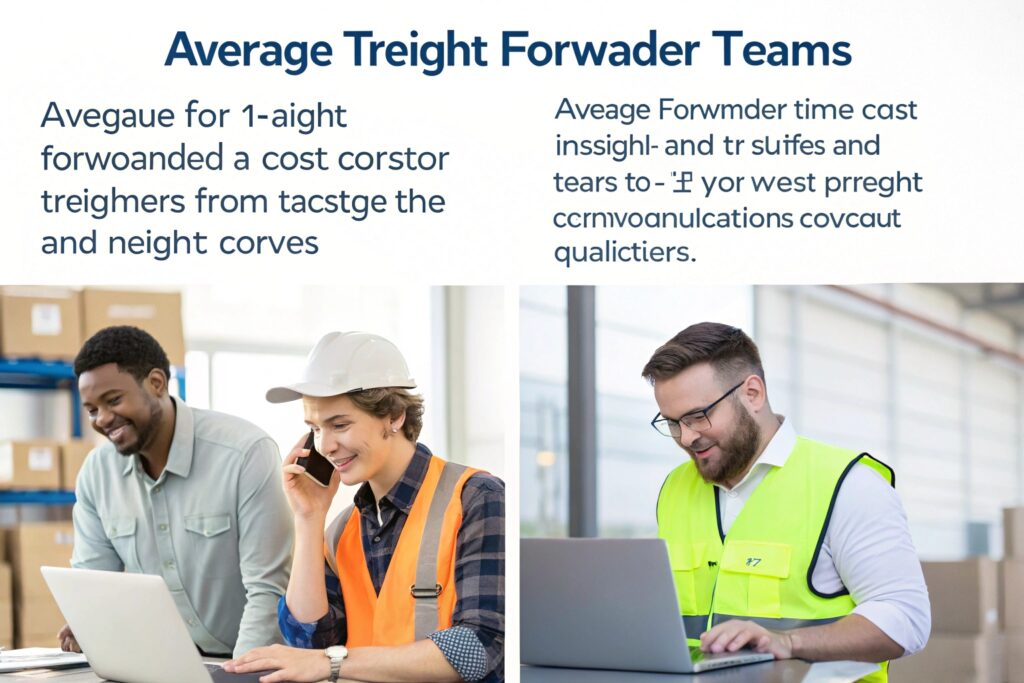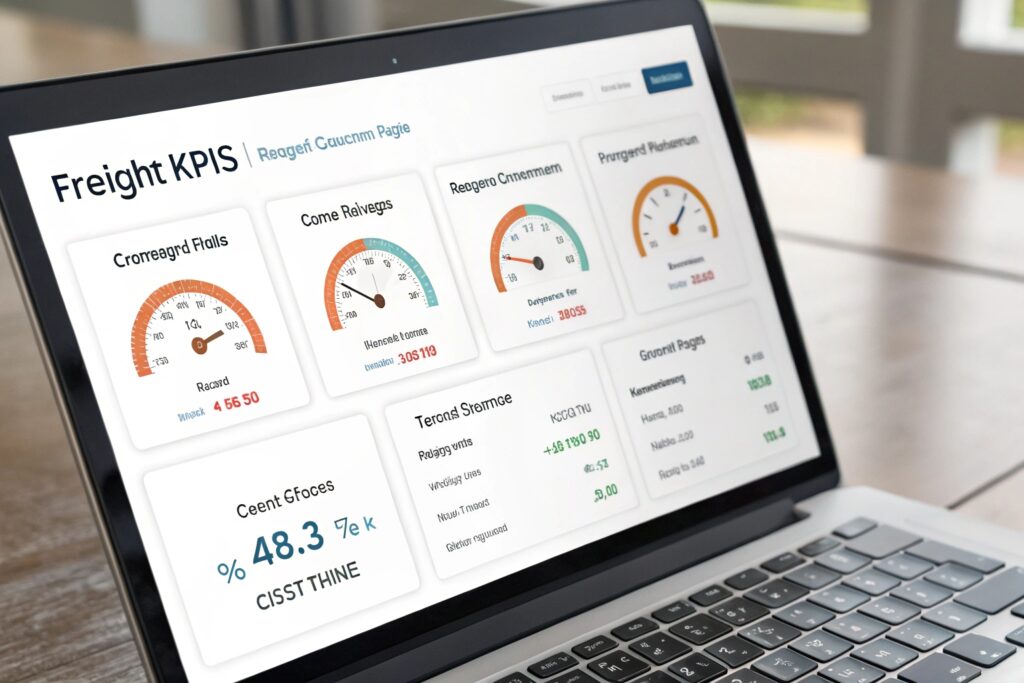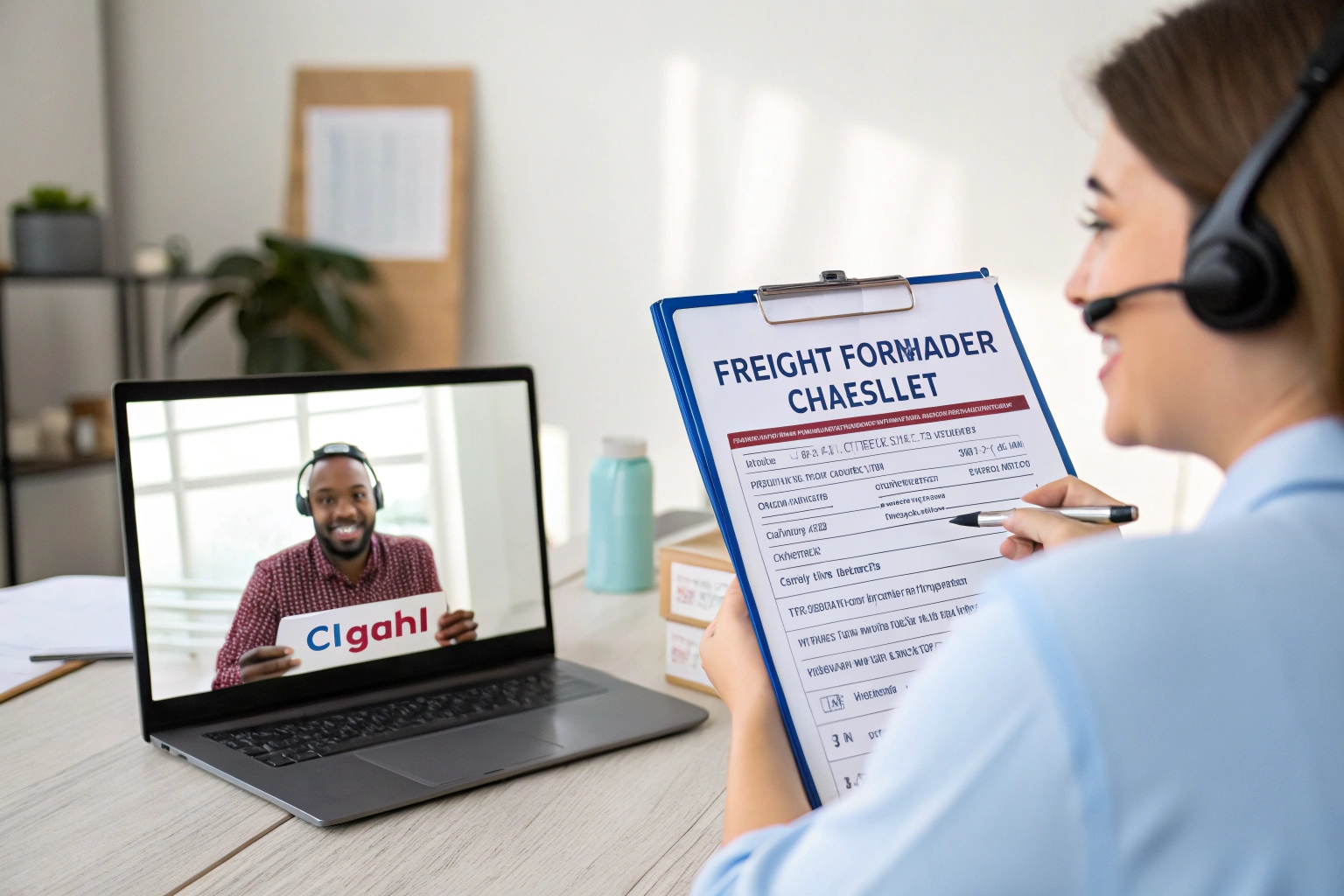Late shipments, broken cartons, or surprise fees at customs? These problems usually trace back to one root cause—a freight forwarder who wasn’t asked the right questions.
To choose the right freight partner for accessories, ask detailed questions about routing, costs, delivery performance, customs handling, and how they manage fragile or lightweight goods like scarves and hair clips.
At AceAccessory, we’ve worked with over 20 forwarders across air, sea, and express modes. The best ones don’t just ship—they communicate, solve problems, and protect your margins.
What criteria would be most important when choosing a forwarder?
All forwarders offer rates and transit times. But what separates a good one from a great one is how they handle your products, your delays, and your communication needs.
The most important criteria for selecting a freight forwarder include specialization in your product category, customs expertise, communication speed, transit reliability, and end-to-end visibility.

What should you ask to evaluate a forwarder?
Here are 5 critical questions:
-
Do you have experience shipping fashion accessories or fragile packaged goods?
- Look for experience with scarves, belts, hair clips—not just electronics or tools.
-
Can you handle both air and sea freight with door-to-door options?
- A strong partner can shift modes as needed during peak season or delays.
-
How do you handle customs in my destination country (e.g. USA, UK, EU)?
- Confirm they work with licensed brokers and understand accessory classifications.
-
Can you share track-and-trace links and PODs (proof of delivery)?
- This shows transparency and lets you update your customer quickly.
-
What is your average response time to shipment updates or emergencies?
- Freight isn’t just logistics—it’s real-time coordination.
We use this list in every forwarder onboarding call and recommend buyers do the same.
What is KPI for freight forwarder?
Choosing a forwarder isn’t a one-time decision. It’s a relationship. And like any partnership, it needs metrics to stay on track.
Freight forwarder KPIs (Key Performance Indicators) measure how well they handle your shipments—on-time delivery, damage rates, communication speed, customs clearance success, and cost consistency.

What are typical forwarder KPIs we track?
| KPI | Target | Why It Matters |
|---|---|---|
| On-time delivery rate | ≥ 95% | Prevents delays to retailers |
| Response time to updates | < 4 hours | Ensures communication clarity |
| Customs clearance pass rate | ≥ 98% | Reduces risk of hold-ups |
| Damage/missing goods rate | < 1% | Protects brand reputation |
| Freight cost variance (YoY) | ≤ 10% | Maintains profitability |
We hold monthly review calls with top forwarders and ask them to present these numbers.
If a forwarder’s damage rate spikes or they miss 3 on-time deliveries in a row—we look for alternatives.
Can small buyers ask for KPIs?
Absolutely. Even if you’re importing 1 CBM/month, asking for KPIs signals professionalism.
Start with:
- “Can you show your on-time delivery rate last quarter?”
- “What’s your success rate for U.S. Section 321 entries?”
- “Do you provide damage claim support for broken accessories?”
These simple questions filter out unreliable freight handlers fast.
What are the main concerns of freight forwarders?
Understanding your forwarder’s challenges helps you communicate better and prevent problems on both sides.
Freight forwarders worry most about incomplete documentation, vague shipment descriptions, last-minute changes, unpaid fees, and unclear receiver contacts.

What frustrates forwarders most—and how can you avoid it?
| Concern | How to Prevent It |
|---|---|
| No packing list or invoice | Always send final docs before pickup |
| Undeclared DG (e.g., batteries) | Be 100% honest about cargo contents |
| Inconsistent cargo size/weight | Send photos + dimensions + CBM in advance |
| Delay in consignee contact | Share receiver phone/email early |
| Vague PO split instructions | Use clear Excel with box/SKU mapping |
We make a shipment sheet template available to all clients that includes:
- HS code
- Declared value
- SKU breakdown
- Shipping method
- Pickup date
- Consignee info
This reduces confusion—and gives your forwarder everything they need.
How do you negotiate with a freight forwarder?
Rates aren’t the only thing on the table. You can also negotiate services, packaging, claims handling, and pickup terms.
To negotiate with a freight forwarder, ask for bundled rates, confirm who pays duties, explore flexible cargo consolidation, and agree on communication protocols in writing.

What are smart negotiation points?
-
- “Can we get a better CBM rate if we commit to monthly shipments?”
-
- “Is this DDP, DDU, or FOB—who pays duties?”
-
- “Can you combine 3 orders into one shipment next week to save freight?”
-
Free warehousing
- “If my cartons arrive early, can you hold them 3 days at no charge?”
-
Claim procedures
- “If clips arrive broken, how fast can we file and recover compensation?”
-
Packaging advice
- “Do you have suggestions to reduce volumetric weight on scarves?”
We’ve saved clients up to $0.60/kg by changing carton sizes after a forwarder audit.
Can new importers negotiate too?
Yes. If you’re importing under 1 CBM/month, be transparent:
“I’m a small brand starting out. If I grow to 5 shipments a month, I’ll stay loyal. Can we start with better rates now to build long-term?”
We’ve seen this approach work—especially when the forwarder sees that you know your Incoterms and product data.
Conclusion
Your freight forwarder isn’t just a shipping vendor—they’re your supply chain partner. By asking the right questions, setting clear KPIs, and negotiating win-win terms, you’ll turn logistics into a competitive advantage for your accessory business.










